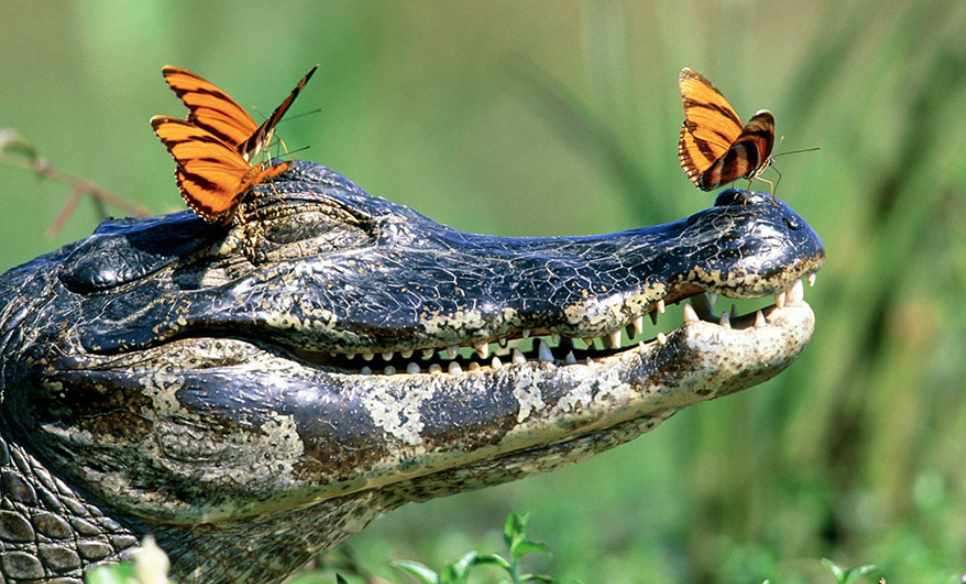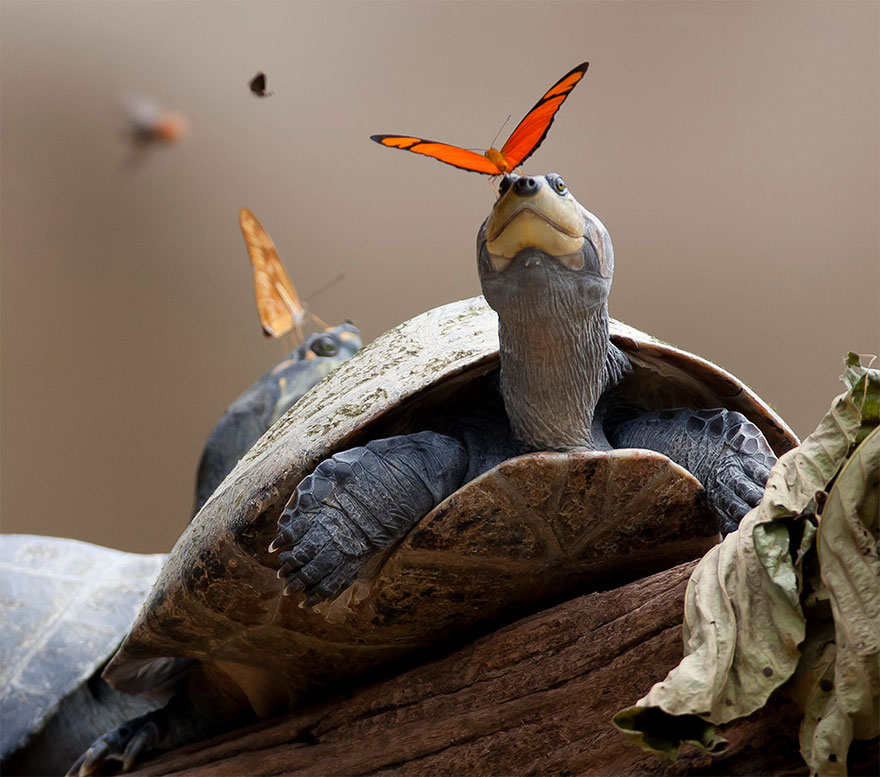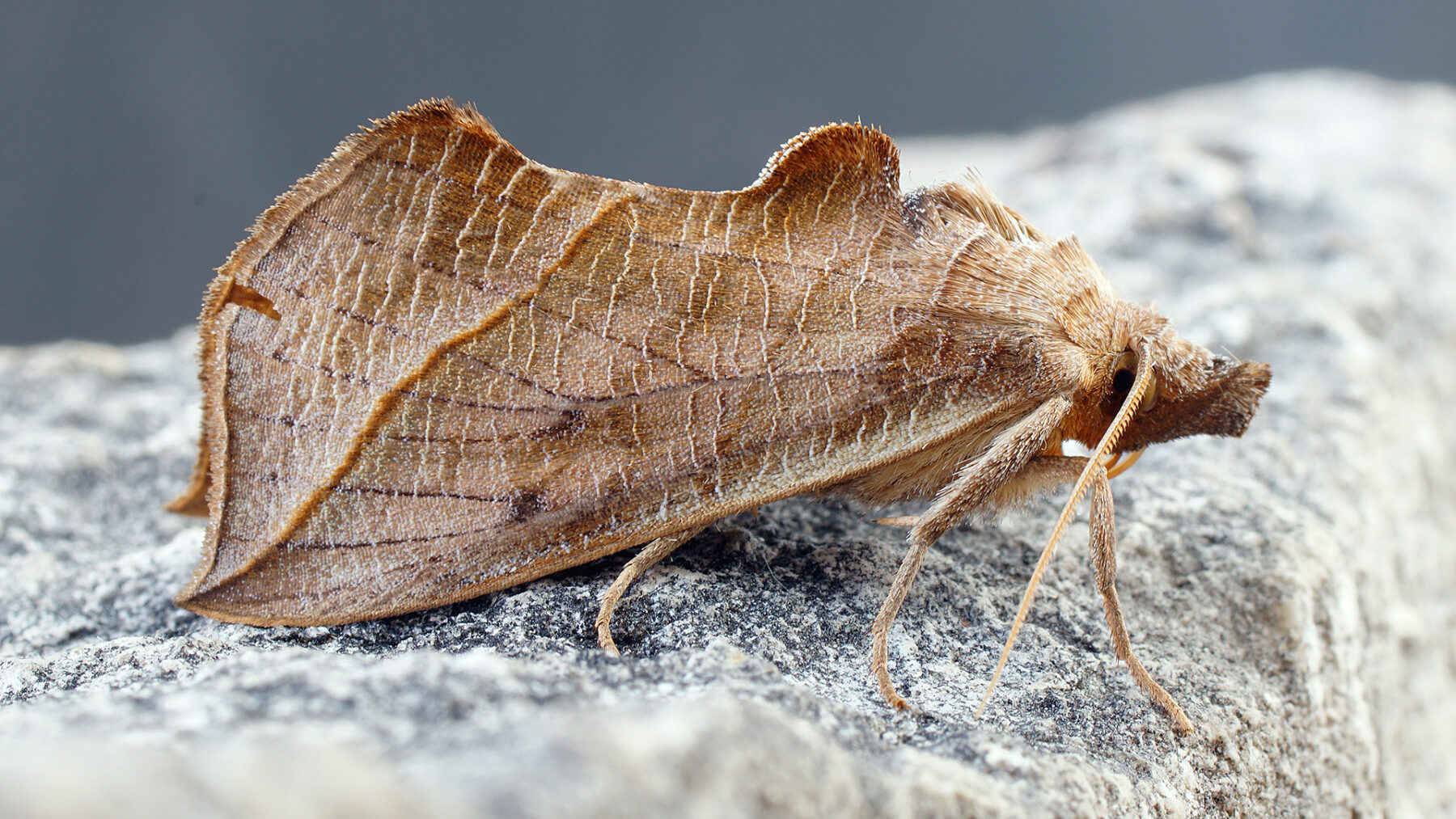Blood suckers and tear drinkers: The secret(ion) lives of butterflies and moths

There’s a video doing the rounds on socials and we’re totally here for it.
The vid shows a turtle with butterflies on its head, wearing a fluttering crown, and was accompanied by a claim that the insects were drinking the reptile’s tears.
Ever curious and with fact-checking as part of our DNA, we sought out an expert for explanation.
“Yes the phenomenon is real,” says Dr Andrew Mitchell, Senior Research Scientist, Entomology at the Australian Museum Research Institute.
“It’s been documented many times in Central and South America with butterflies feeding on turtle and alligator tears. People have hypothesised that they’re obtaining salts and/or proteins.”


According to Andrew, this behaviour appears to be opportunistic rather than a symbiotic relationship, as suggested in the comments on the video, but not much research has been done on it.
“Whether the turtle benefits is not known, even though someone has commented that it gets it’s eyes cleaned,” says Andrew. “The phenomenon is probably not as common in Australia – I haven’t personally heard reports of it here.”
It’s a similar behaviour, he says, to the better-known practice of “puddling”, where butterflies congregate at puddles or even on faeces and again are thought to be deriving salts.
“Some moths feed on cattle’s tears for the same reason, others are known to probe open wounds on mammals for blood and some even pierce the skin to sip their blood – they’re known as vampire moths!”
Now before you go weaving a wreath of garlic to wear around your neck, here’s the lowdown: while the common name refers to their habit of drinking blood from vertebrates, including humans (Calyptra thalictri), studies have shown the moths are not thought to cause any threat to us. Phew!






